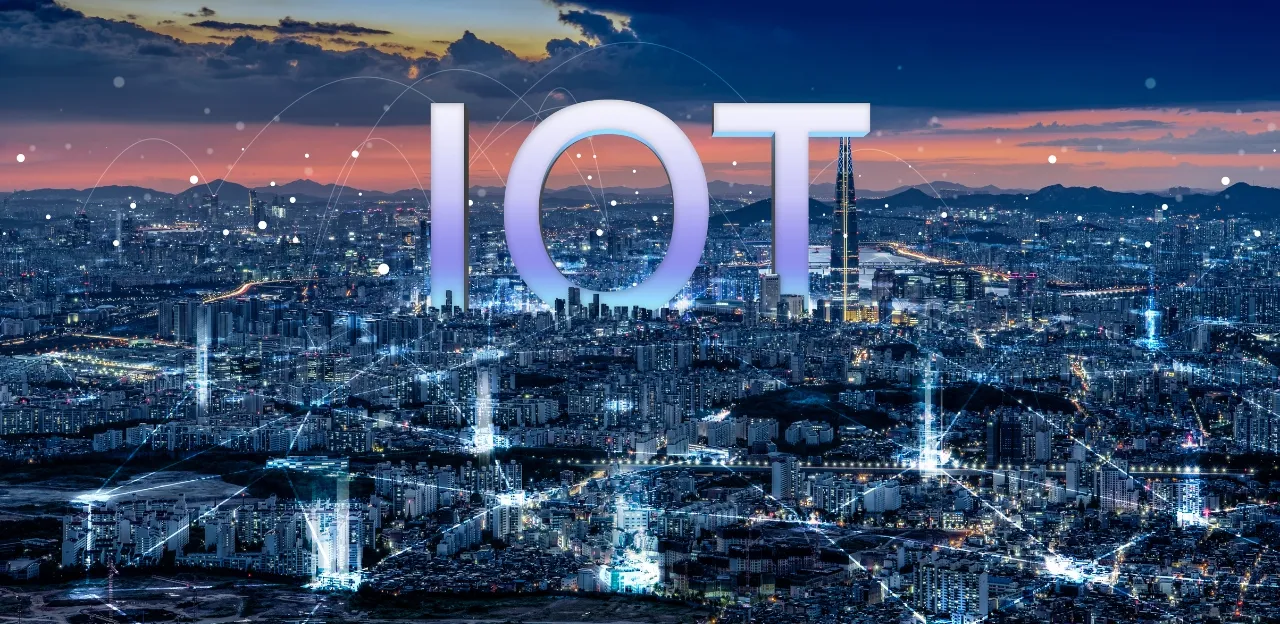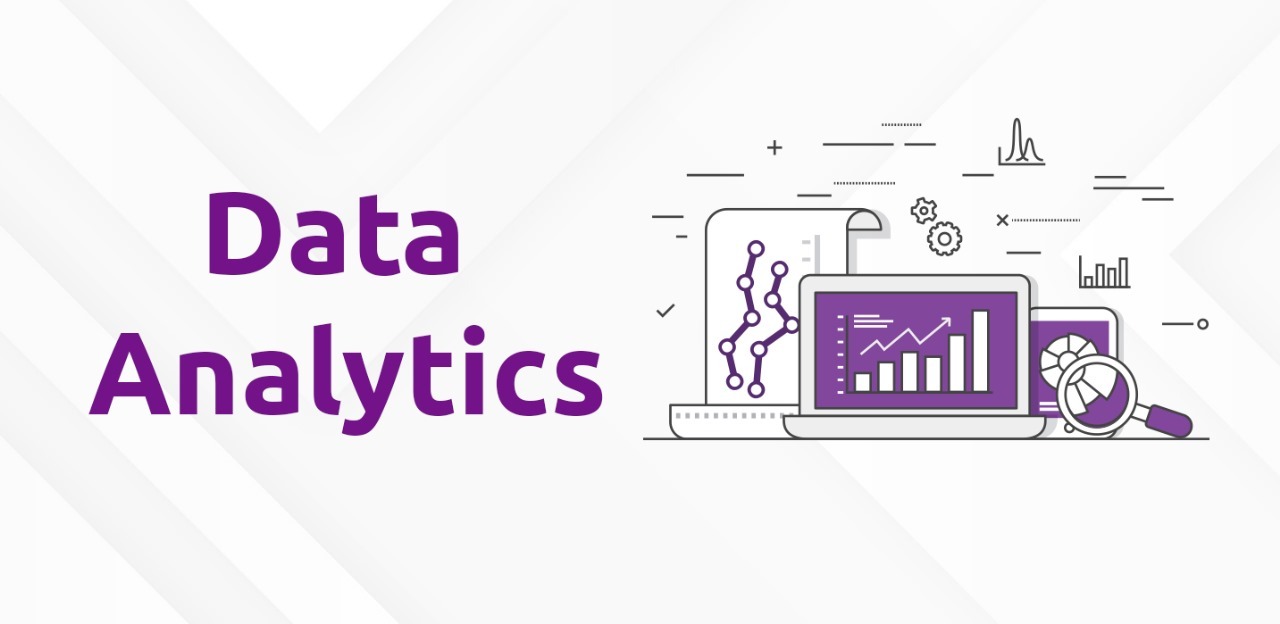Real-Time IoT Analytics for Smart Cities: Harnessing Data for a Better Tomorrow
Smart cities are on the rise, and they depend on a network of sensors, devices, and connected infrastructure. These elements gather a huge amount of data every second. Real-time IoT analytics is the method of collecting, processing, and analyzing this streaming data as it happens. By acting on this information instantly, city officials can enhance traffic flow, conserve energy, and strengthen public safety. In this blog, we will explore how real-time IoT analytics is shaping smart cities and why it matters. We will also look at how businesses, learners, and professionals can benefit from mastering these skills through a data analytics course in Bangalore. Let’s dive in!
Why Real-Time IoT Analytics Matters
- Immediate Insights: Real-time analytics allows city administrators to see what’s happening at each moment. Instead of waiting for reports and then making decisions later, leaders can take action right away.
- Cost Efficiency: When cities spot issues early, they can fix them quickly and avoid bigger expenses. For example, detecting a faulty power line in real time can stop large-scale outages and save money on repairs.
- Better User Experience: City residents benefit from faster response times, fewer service disruptions, and more efficient public facilities. This leads to happier citizens who trust local services.
- Scalability and Growth: As a city grows, the data produced by sensors, cameras, and connected devices grows too. Real-time analytics solutions are flexible and can handle this ever-increasing volume of information.
- Environmentally Friendly: By optimizing energy use, cutting down on idle car times in traffic, and monitoring air quality, real-time data analysis helps preserve natural resources.
Turning Cities into Smart Ecosystems
Smart cities are not just about flashy technology. They aim to create a community that is sustainable, accessible, and secure for all. Real-time IoT analytics lies at the core of this vision. With sensors planted across the city—on streetlights, roads, buildings, and public transport—huge volumes of data are generated nonstop. This data must be processed quickly to offer immediate insights.
When these insights are combined with machine learning models, cities can predict patterns and take proactive steps. For instance, if a system notices that energy usage spikes every evening in a particular neighborhood, it can recommend balancing the load or improving grid distribution. This kind of data-driven management makes cities more adaptable and people-friendly.
Real-time IoT analytics also promotes a culture of transparency. If residents know that their city is using data to make informed decisions, they feel more confident about local leadership. Open dashboards or mobile apps can show live updates on traffic, public transport schedules, and air quality readings. This level of openness builds trust and encourages community involvement.
Key Areas Where Real-Time IoT Analytics Makes a Difference
Traffic Management
- Adaptive Traffic Lights: By analyzing vehicle counts and traffic density in real time, traffic lights can adjust their signals to ease congestion.
- Smart Parking: Sensors in parking spaces can inform drivers about free spots. This reduces the time and fuel wasted driving around aimlessly.
- Accident Response: Real-time alerts from connected vehicles or roadside units can guide emergency teams to the exact location faster.
Energy Consumption
- Smart Grids: Power grids equipped with real-time monitoring can automatically balance supply and demand, leading to fewer blackouts and more efficient energy use.
- Intelligent Lighting: Streetlights that sense motion can switch on when needed and switch off or dim when there is no activity, cutting electricity costs.
- HVAC Optimization: Buildings with sensors can detect when rooms are unoccupied and adjust heating or cooling, saving power and improving comfort.
Public Safety
- Surveillance Systems: Cameras with live feeds and analytics can detect suspicious activities or large gatherings. Prompt alerts help law enforcement respond quickly.
- Disaster Management: Sensors that monitor areas prone to floods, earthquakes, or fires can warn officials in time to evacuate or provide resources.
- Smart Street Lighting: Well-lit areas discourage criminal activities and enhance safety. Real-time analytics can also detect outages so lights are fixed faster.
Advantages for City Residents and Administrations
Real-time IoT analytics directly benefits both city residents and local administrations by offering quick solutions for day-to-day issues. Residents gain from reduced traffic delays, safer streets, and more reliable public utilities. Meanwhile, city officials enjoy smooth operations through early detection of problems, controlled energy consumption, and improved strategic planning.
By making real-time decisions based on data patterns, city planners can better allocate resources. This leads to more efficient waste management, cleaner air, and a healthier environment. As these systems gain popularity, they also create new jobs in data analytics, hardware maintenance, software development, and more. For those who want to explore these opportunities, a data analytics course in Bangalore can be the perfect gateway to learning these in-demand skills.
Strategies to Successfully Implement Real-Time IoT Analytics
- Start Small: Begin with a pilot project in a single department, like traffic management or energy tracking. Learn from the results, make improvements, and then expand.
- Strong Network Infrastructure: Ensure that the city has stable and high-speed internet coverage, including 5G networks, to support seamless data transfer from thousands of IoT devices.
- Edge Computing: Process data closer to where it is generated. This lessens the load on central servers and reduces latency.
- Data Governance: Create clear rules on how data is stored, shared, and used. Protect sensitive information through encryption and strict access controls.
- Public-Private Partnerships: Collaborate with tech firms, research institutions, and local businesses to share costs, knowledge, and expertise.
Overcoming Common Challenges
Despite its potential, real-time IoT analytics in smart cities faces a few hurdles. High deployment costs can deter some local governments. Ensuring data privacy is another big concern, as continuous data collection can be intrusive if not managed responsibly. Also, integrating old systems with modern analytics can be tricky.
However, these issues can be managed through planning and strategy. For example, phased rollouts can spread costs over time. Robust cybersecurity measures, strict data privacy regulations, and a strong culture of transparency can address privacy fears. Training current staff or hiring professionals with relevant skills can solve integration problems. And that is precisely where courses such as a data analytics course in Bangalore come into play. Such programs equip professionals with the skills required to handle these modern challenges.
Future Outlook for Real-Time IoT Analytics in Smart Cities
- AI-Driven Predictions: As machine learning grows more advanced, cities will not only detect real-time issues but also predict future events like traffic spikes or power demands.
- Sustainability Initiatives: Real-time IoT analytics can help combat climate change by tracking air quality, carbon emissions, and energy consumption.
- Smart Healthcare Services: Wearable health devices and city data can work together to offer better emergency responses. Ambulances can find the quickest routes, and hospitals can prepare in advance.
- Enhanced Citizen Participation: More cities will launch apps for citizens to share feedback, report issues, and view live city data.
- Global Collaboration: Cities worldwide can share their analytics solutions and learn from each other, leading to faster innovation and better resource usage.
A Pathway to New Career Opportunities
As smart cities continue to evolve, the need for skilled data professionals grows. Individuals trained in data analytics are in high demand to build and maintain these real-time systems. This includes roles like data engineers, data scientists, IoT specialists, and machine learning experts. If you’re intrigued by the impact of real-time IoT analytics and wish to be a part of this transformative field, enrolling in a data analytics course in Bangalore is a strategic move.
Such a course helps you understand the fundamentals of data collection, cleansing, and analysis. You also learn about predictive modeling, data visualization, and real-time processing frameworks. These skills are not limited to smart cities alone; they are valuable in healthcare, finance, retail, and many other domains.
Conclusion
Real-time IoT analytics is more than a trend; it is the backbone of future urban development. By analyzing live data from sensors, devices, and connected infrastructure, we can make our cities safer, cleaner, and more efficient. This approach not only resolves immediate concerns like traffic jams and power outages but also helps us prepare for bigger challenges such as climate change and public health crises.
Whether you’re a city official seeking to implement these technologies or an individual aspiring to join this booming field, understanding real-time data analytics is vital. A data analytics course in Bangalore can guide you through the latest tools, techniques, and best practices. This training can open doors to exciting careers and help you contribute to building smarter cities.
At vtricks technologies, we’re passionate about driving innovation and helping communities thrive with cutting-edge tech solutions. By embracing real-time IoT analytics, we believe we can pave the way for a future where cities become truly responsive and people-centered. Let’s work together to transform our urban spaces into smart ecosystems that benefit everyone.





